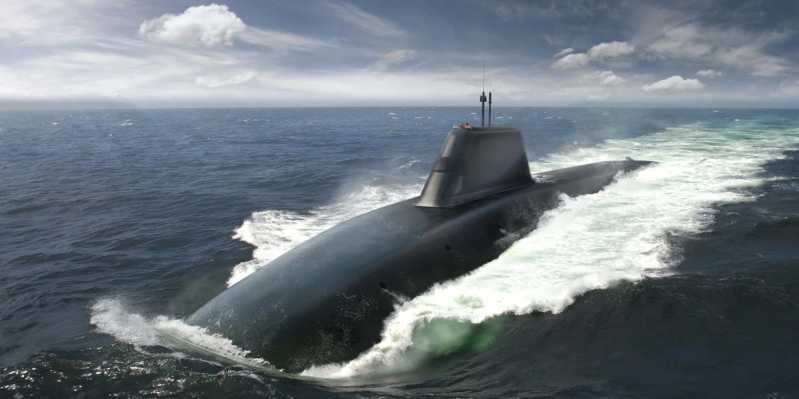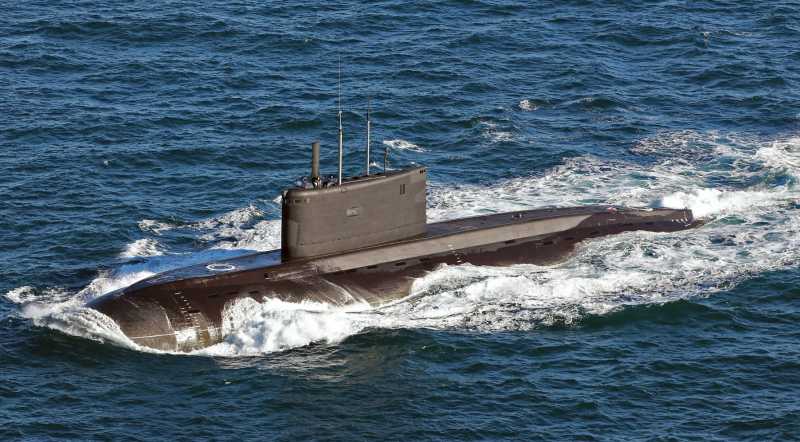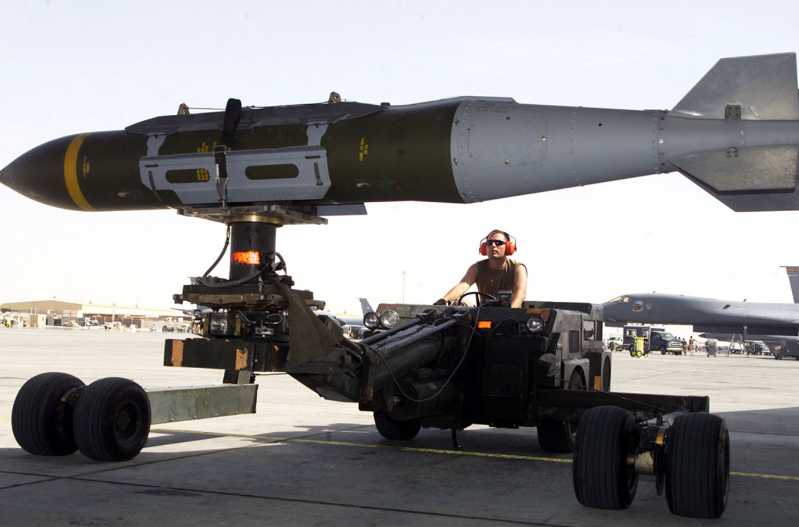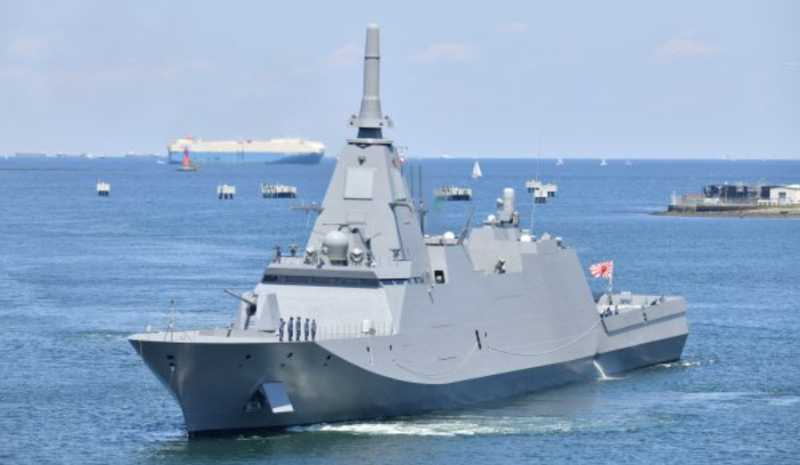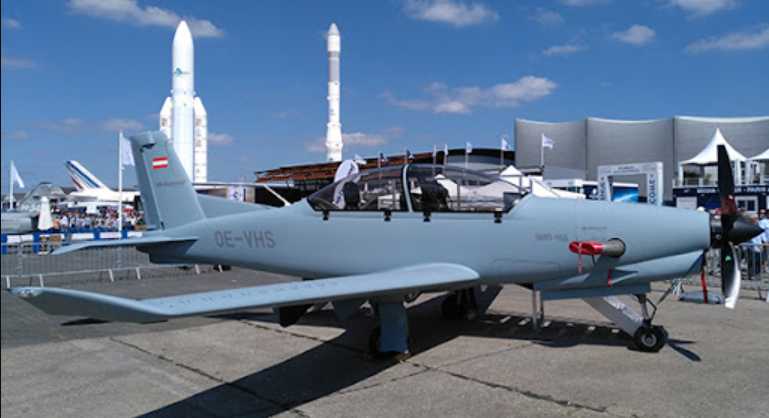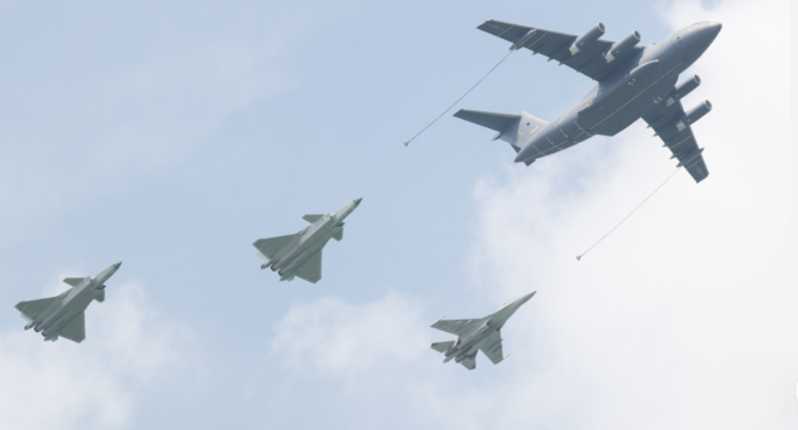Not long ago, the British Ministry of Defense announced that the construction of the "Dreadnought" class ballistic missile nuclear submarine project is being carried out in an orderly manner according to the established plan. The first ship of the "Dreadnought" class ballistic missile nuclear submarine, the "Dreadnought", is scheduled to be commissioned and commissioned by the British Royal Navy in 2030. The entire "Dreadnought" class will be purchased and built in four ships, aiming to replace four "Vanguard" class ballistic missile nuclear submarines one-to-one. The "Dreadnought" class, which adopts a large number of new technologies, will mark a new level and new direction in the design, development and manufacturing of British ballistic missile nuclear submarines, and become the mainstay of the British sea-based nuclear deterrence/nuclear counterattack force in the middle of the 21st century.
The earliest nickname of the "Dreadnought" class is "Successor"
In December 2006, the British Ministry of Defense issued a defense white paper. The final conclusion of this defense white paper on the construction of the British sea-based nuclear strategic deterrence/sea-based nuclear counterattack weapons is: If the UK wants to maintain a high-quality sea-based strategic nuclear deterrence/counterattack level, the best choice is to build a new type of ballistic missile nuclear submarine for the British Royal Navy to replace the Vanguard-class ballistic missile nuclear submarine.
On May 18, 2011, the then British Defense Secretary Liam Fox officially announced that the British government approved the design contract for the new generation of "Successor" ballistic missile nuclear submarines, with a total value of 3 billion pounds. On October 26, 2012, the British Ministry of Defense and the British BAE Systems signed a design contract for the "Successor Project", worth 315 million pounds, which is the first batch of funding in the design contract with a total value of 3 billion pounds.
The specific design and development of the "Successor" is undertaken by BAE Systems Submarines, a wholly-owned subsidiary of the British BAE Systems Company. On December 16, 2013, the British Ministry of Defense announced that it would allocate another 79 million pounds for the design contract.
On May 8, 2015, the British Conservative Party won the British general election. Subsequently, the British Parliament formally approved the "Trident" nuclear weapon system update plan to build four new generation "Successor" ballistic missile nuclear submarines, with a total value of 31 billion pounds. However, the British opposition Scottish National Party and the British Nuclear Disarmament Campaign (CND) have always strongly opposed the British "Trident" nuclear weapon system update project.
On July 18, 2016, the British House of Commons voted 472 in favor to 117 against, and decided to continue the "Trident" nuclear weapon system update project to build four new generation "successor" ballistic missile nuclear submarines. On October 21, 2016, to commemorate "Trafalgar Day", then British Defense Secretary Michael Fallon announced: The first ship of the new generation of "successor" ballistic missile nuclear submarines will be named "HMS Dreadnought" (HMS Dreadnought) has now been officially named the "successor" - the "Dreadnought" class.
Construction and naming announced
The construction of the "Dreadnought" class was carried out by BAE Systems Submarine Company’s Barrow-in-Furness shipyard in Cumbria, UK. The first steel plate of the "Dreadnought" class ship "Dreadnought" was cut on October 6, 2016, the second ship "Valiant" cut the first steel plate in September 2019, the third ship "Warspite" cut the first steel plate in September 2022, and the fourth ship was named "George VI". King".
Hundreds of British companies will participate in the construction of the "Dreadnought" class and provide related parts, equipment and materials. The construction of the "Dreadnought", "Brave", "Warspite" and "King George VI" of the "Dreadnought" class ballistic missile nuclear submarines also solved some employment problems in Scotland and England. It is worth mentioning that in order to ensure the future service and decommissioning of the "Dreadnought" class, the British Ministry of Defense also officially established the "Submarine Delivery Bureau" on April 25, 2018. DeliveryAgency,SDA)
Overall design and new technology
Overall, the "Dreadnought" class, designed and developed by BAE Systems Submarines, a wholly-owned subsidiary of BAE Systems of the United Kingdom, pays great attention to reducing underwater navigation resistance and underwater concealment and stealth. The overall hull is smooth, and the transition between the submarine bridge and the submarine hull is natural. Such a hull design can reduce the fluid resistance of the "Dreadnought" class when sailing underwater. The use of X-shaped tail rudders can reduce resistance, improve longitudinal exploration, reduce noise, and better adapt to shallow waters.

In order to improve concealment and stealth, the surface of the "Dreadnought" class hull extends all the way to the inside of the hull, and is covered with anechoic tiles to absorb active sonar beams, thereby improving the "Dreadnought" The stealth performance of the "Dreadnought" class ballistic missile nuclear submarine underwater navigation is concealed. In addition, the "Dreadnought" class also uses a ducted propeller propeller, which is also called a pump-jet propeller. The use of this propeller design can well reduce the bubble effect, thereby reducing noise and further improving stealth performance. The duct of the propeller can also protect the propeller blades and prevent the blades from hitting the seabed reefs and being damaged, so it also has the technical characteristics of high safety.
On April 3, 2021, the "Jane’s Defense" website disclosed that the "Dreadnought" class ballistic missile nuclear submarine will adopt a submarine control system technology that benefits from the fighter’s fly-by-wire control system. This new control system technology allows the "Dreadnought" class to have better controllability in all aspects, including heading, pitch, deep diving and surfacing, etc., and can also reduce maintenance costs and facilitate daily maintenance work.
It is reported that the entire service life of the "Dreadnought" class ballistic missile nuclear submarine will reach 37 years. For this reason, the "Dreadnought" class specifically uses a PWR-3 pressurized water nuclear reactor owned by Rolls-Royce. The technical level belongs to the third-generation pressurized water nuclear reactor. Therefore, PWR-3 has high reliability, simple operation, easy maintenance, high safety, and longer life cycle, stronger endurance, and low combat and maintenance costs. It is said that the life cycle of the PWR-3 pressurized water nuclear reactor can reach 25-30 years, and there is no need to replace the nuclear fuel rods in the middle.

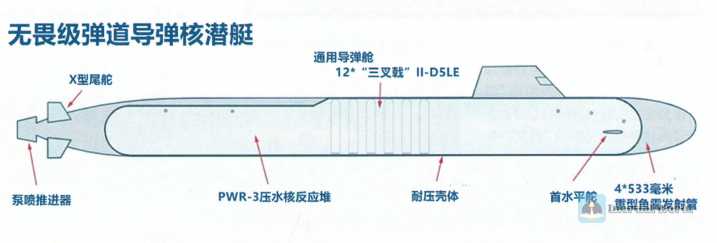

Performance data and electronic equipment
In terms of data, the "Dreadnought" class hull is 152.9-153.6 meters long, 12.8-13 meters in diameter, 17,200 tons in full load displacement, and 130 people. The submarine bridge has built-in command systems and periscopes, so the "Dreadnought" class has numerous and complex systems. There are about 13,000 electrical systems alone, as many as 20,000 cables of various types, with a total length of more than 347 kilometers, and the total length of submarine pipelines is 42.5 kilometers. The submarine is equipped with a new generation of submarine command system from BAE Systems, a combat system mast with a 2076 sonar system and integrated optoelectronic periscope from Thales Underwater Systems of France, and a MK12 underwater signal transmitter from Babcock International Defense Systems Technology Division. When an accident occurs, the surviving crew can use the transmitter to send a distress signal. At the same time, it is also equipped with a tactical weapon operation and launch system from Babcock International Defense Systems Technology Division and a submarine life management software from Siemens of Germany.
Among them, the new generation of submarine command system is responsible for providing relevant tactical information, controlling and commanding submarine weapon systems. The Type 2076 sonar system is a large side vertical sonar array consisting of 13,000 hydrophones, which can detect, search, identify, track and lock target submarines with noise levels of 95-96 decibels within a distance of 60-100 kilometers. Therefore, the "Dreadnought" class ballistic missile nuclear submarine equipped with the Type 2076 sonar system has the advantages of concealment and stealth and technical advantages in detecting the enemy.
In addition, the "Dreadnought" class will also be equipped with a new lighting system, which can simulate day and night scenes, greatly improve the working environment on the boat and take care of the crew’s psychology. Another major feature of this submarine is that it is the first time that the submarine is equipped with independent dormitories and washrooms for female crew members, and also has a study area and a fitness area.

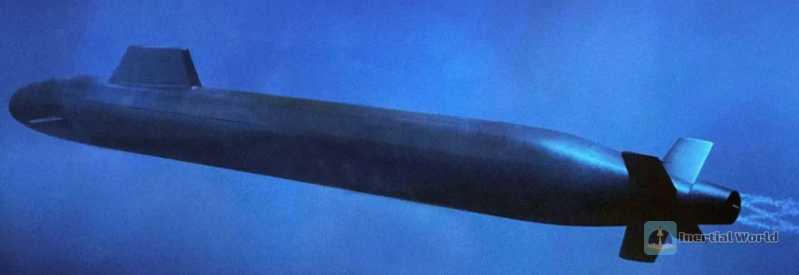
New launch devices and weapon systems
In order to be able to launch the "Trident" II-D5LE submarine-launched intercontinental ballistic missiles that have been upgraded after life extension, the "Dreadnought" class uses a common missile compartment (CMC) with 12 vertical launch tubes, equipped with 12 "Trident" II-D5LE submarine-launched intercontinental ballistic missiles, each missile can be equipped with 3 independently guided nuclear warheads. From this, it can be inferred that the four "Dreadnought" class ballistic missile nuclear submarines will have 48 "Trident" II-DSLE submarine-launched intercontinental ballistic missiles, and the total number of nuclear warheads will reach 144. In terms of torpedo weapons, it is equipped with 4 533mm torpedo tubes to launch the "Spearfish" MOD1 type thermal power 533mm heavy torpedoes.
Among them, the universal missile compartment adopts modular design and is manufactured by General Dynamics Electric Boat Company of the United States. In addition to the integrated installation of the future "Dreadnought" class ballistic missile nuclear submarines of the British Royal Navy, the future "Columbia" class ballistic missile nuclear submarines of the US Navy will also be equipped with integrated universal missile compartments.
The "Trident" II-D5L, E submarine-launched intercontinental ballistic missile is the latest life extension upgrade version of the "Trident" II-D5 submarine-launched intercontinental ballistic missile, and it is also the submarine-launched intercontinental ballistic missile with the best overall technical performance indicators. It is reported that the "Trident" II-D5LE uses more advanced missile-borne flight control system modules, command control modules, inertial guidance systems and other missile-borne electronic equipment, so it has better anti-electromagnetic interference capabilities and better strike accuracy.
The "Trident" II-D5LE type was jointly upgraded and extended by the United Kingdom and the United States. It was launched in 2002 and is planned to be fully upgraded in 2025, so that it can serve until 2042. On September 17, 2021, the US Navy’s Ohio-class ballistic missile nuclear submarine USS Wyoming successfully tested the Trident II-D5LE submarine-launched intercontinental ballistic missile.
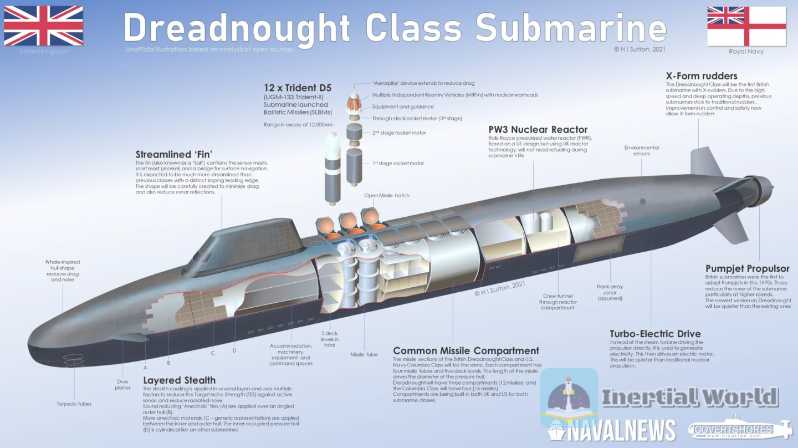
The "Dreadnought" class’s imperfections
Overall, the four "Dreadnought" class ballistic missile nuclear submarines will continue to ensure the high-quality British sea-based strategic nuclear deterrence/counterattack operations, but considering that the UK has introduced the "Trident" II-D5LE submarine-launched intercontinental missile from the United States, and needs the United States to participate in the maintenance of nuclear warheads, the British sea-based forces will be tied to the US war vehicle and subject to the United States.
Therefore, if the UK wants to maintain its independent sea-based strategic nuclear deterrence/counterattack capabilities in the future and not be controlled by others, it should actively develop its own submarine-launched ballistic missiles and improve its autonomy. Of course, the development of submarine-launched intercontinental ballistic missiles is technically difficult and is not a matter of one day or one night. Let’s wait and see what the future holds.


